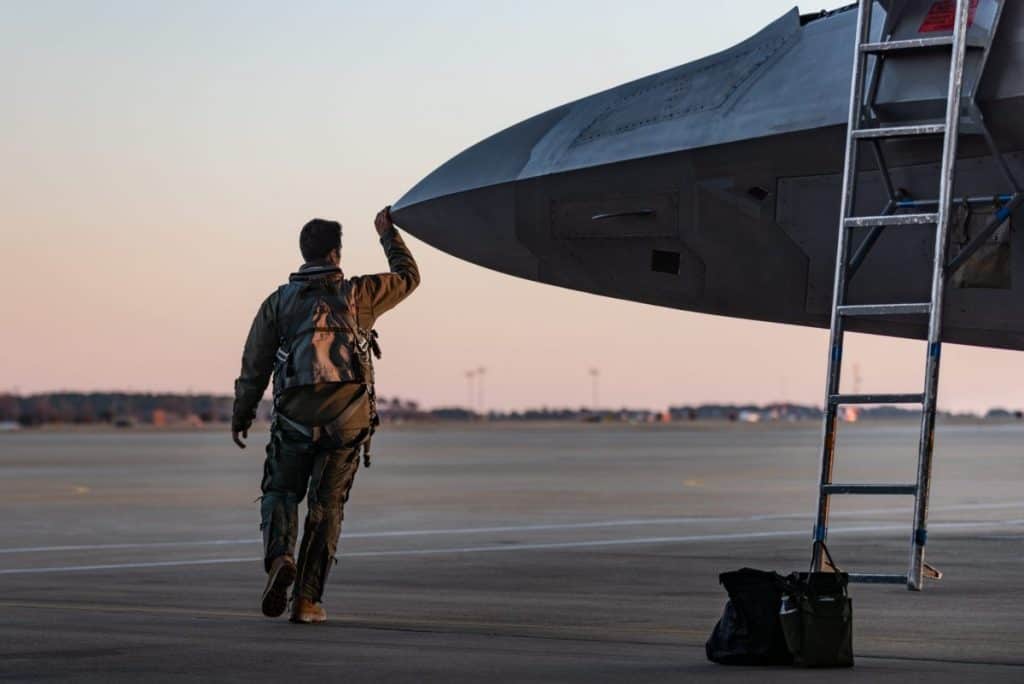Alphabet and Number Soup: FAR Parts Explained

If you are entering the world of civilian flying from the military, regulations and arcane acronyms are nothing new to you. The Air Force has the Dash-1 Checklist; the Navy has the NATOPS. Conversations with the folks in your squadron can take on a language all of its own, filled with terms and slang that few outside of the world of military aviation would understand. The language of squadron life is one of the things that makes military flying such an exclusive club.
When it comes to regulations and strange terms, the civilian world isn’t much different from military aviation; it has a set of rules and a language that is unique as well. I remember my first day at American Airlines; I was surrounded by fighter pilots who kept looking to me to explain what the heck the instructor was talking about! These were highly intelligent and experienced pilots who belonged at the top of their profession—but not knowing the language of the airline world caused them a significant bit of consternation. This BogiDope article will give you the secret decoder ring you will need to unravel the civilian aviation speak and make your initial training a success.
The Rules From the Feds
When you get started in civilian flying, you’ll hear the term “FAR” thrown around a lot; that is short for “Federal Aviation Regulations.” The term “FAR” is itself something of a colloquialism and a holdover from an earlier time; the actual body of rules that govern everything having to do with civilian flight in the United States is really called Title 14 of the Code of Federal Regulations (CFR)—Aeronautics and Space. These regulations cover everything from aircraft design, to maintenance, to rules of the air, to pilot certification, to space flight—even kite flying!
Thankfully, you only have to be familiar with a few parts of the FARs within the voluminous content of 14 CFR. The sections that might directly apply to you as a civilian pilot are:
FAR Part 61: Certification of Pilots, Flight Instructors and Ground Instructors
These rules set forth the requirements for the various FAA certificates and ratings, the type of medical certificate required, and the duration of those medical certificates. Additionally, §61.73 is of special interest to military pilots; it stipulates the conditions under which you can apply for an FAA commercial pilot certificate or instrument rating based on your military pilot qualification.
FAR Part 91: General Operating and Flight Rules
These are the “rules of the road,” and while the operating rules you will use if you become an airline pilot will be a bit different, these are the regulations that are the foundation for how we fly airplanes in the civilian world. Part 91 directly applies to all operations that are not being performed for compensation by a certificated air carrier—if you are receiving flight instruction, ferrying an airplane for your airline with no passengers, or cruising around the patch in a Cessna on your own time, these are the rules that you’ll be following. There are exceptions to the “not for compensation or hire” condition; Part 91K applies to fractional ownership operations. So if you go fly for NetJets or another fractional outfit, this section is written specifically for you.
FAR Part 135: Commuter and On-Demand Operations
You can think of this section of the FARs as “airline-lite;” it generally applies to aircraft with 30 seats or less. This part regulates the certification, flight rules, training, crew, maintenance, passenger and cargo requirements for unscheduled aircraft charter operations (although in some limited cases they may be scheduled). The flight rules under this part are typically more restrictive than Part 91. If you choose to work for a charter company, an air tour operator, or an air ambulance service, Part 135 will apply to you.
FAR Part 121: Certificated Air Carriers
If you’re going to the airlines, these are going to be the rules of the road for you. Part 121 contains the certification, crew, training, flight, maintenance, and passenger rules for airline operations. This part applies to all scheduled and supplemental air carrier operations. You can think of Part 121 as the source material for the manuals you will use out on the line when you go to work for an airline; from Part 121 the airline derives a set of operations specifications (or “ops specs”) that governs everything the airline does. The ops specs are the backbone from which all of the manuals and procedures are built.
But Wait! There’s More!
In addition to the FARs for different kind of operations, there are two other parts that are of specific interest to pilots:
FAR Part 67: Medical Standards and Certification
These are the standards by which you aviation medical examiner will judge your suitability to hold an FAA medical certificate.







